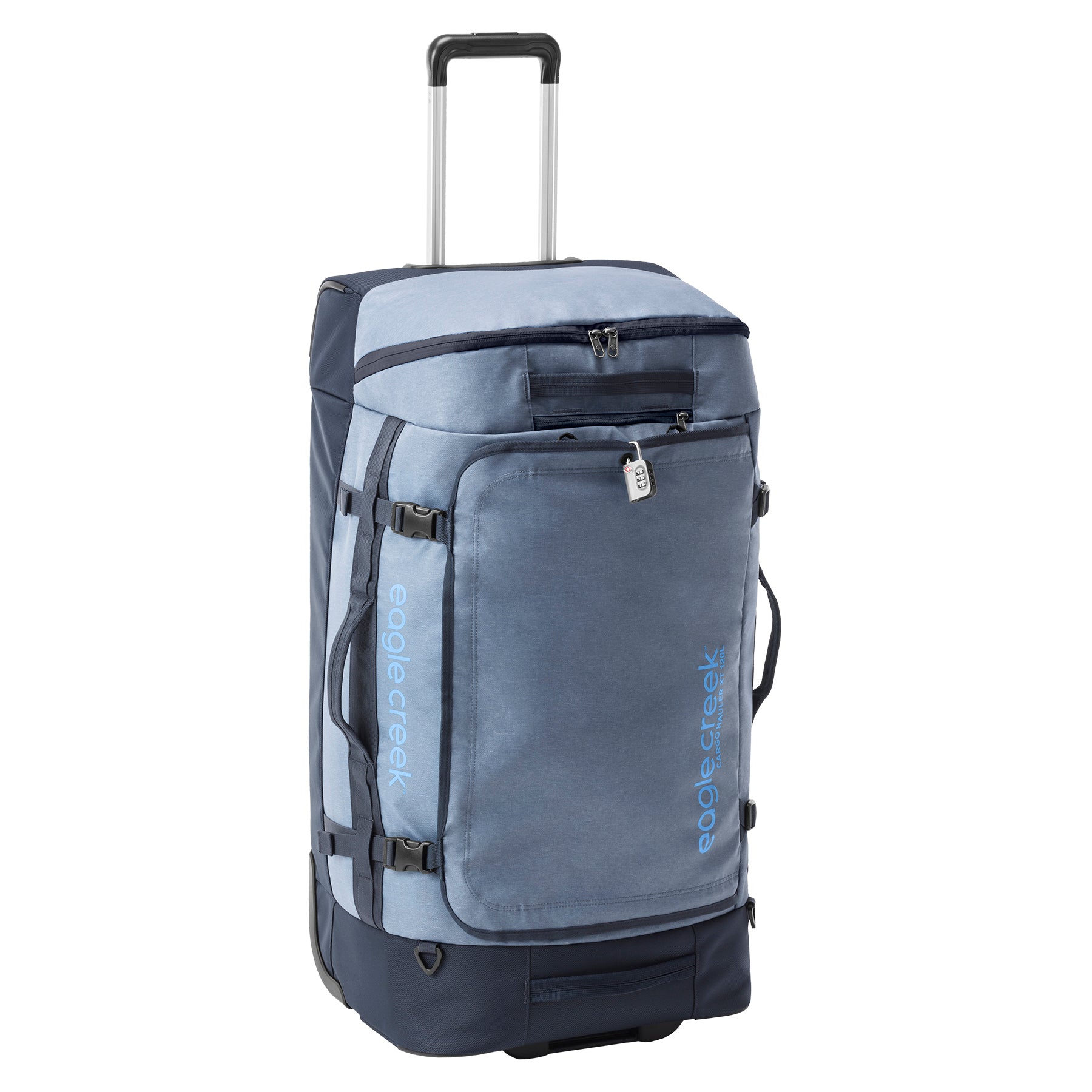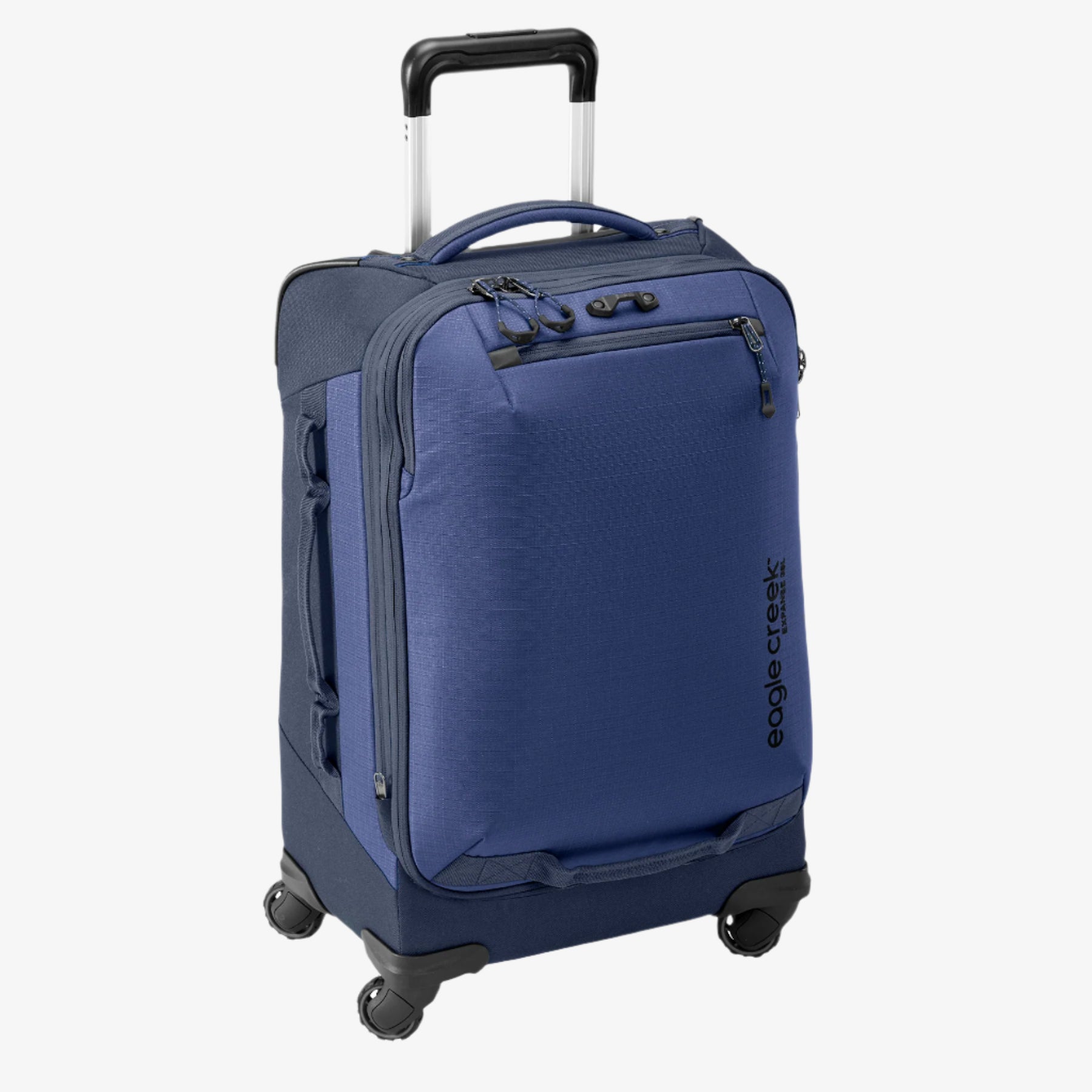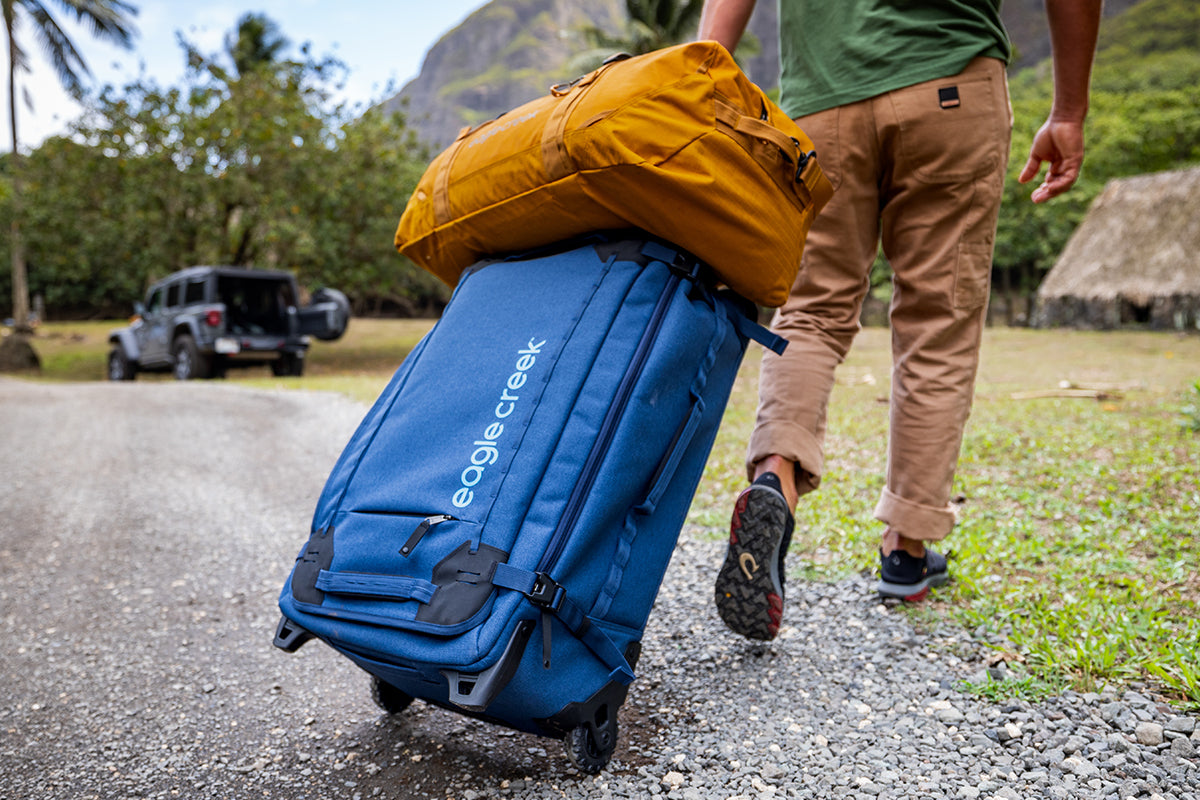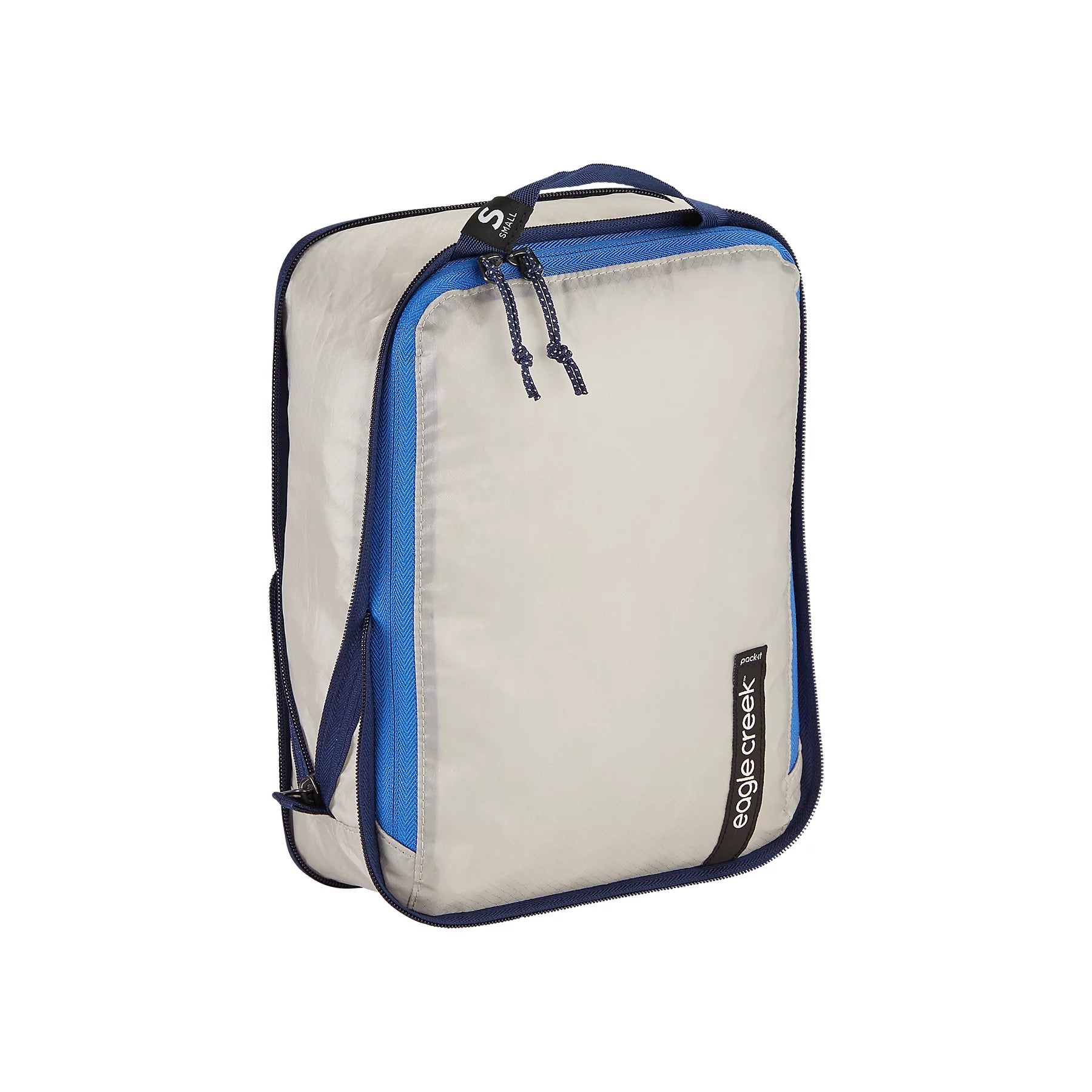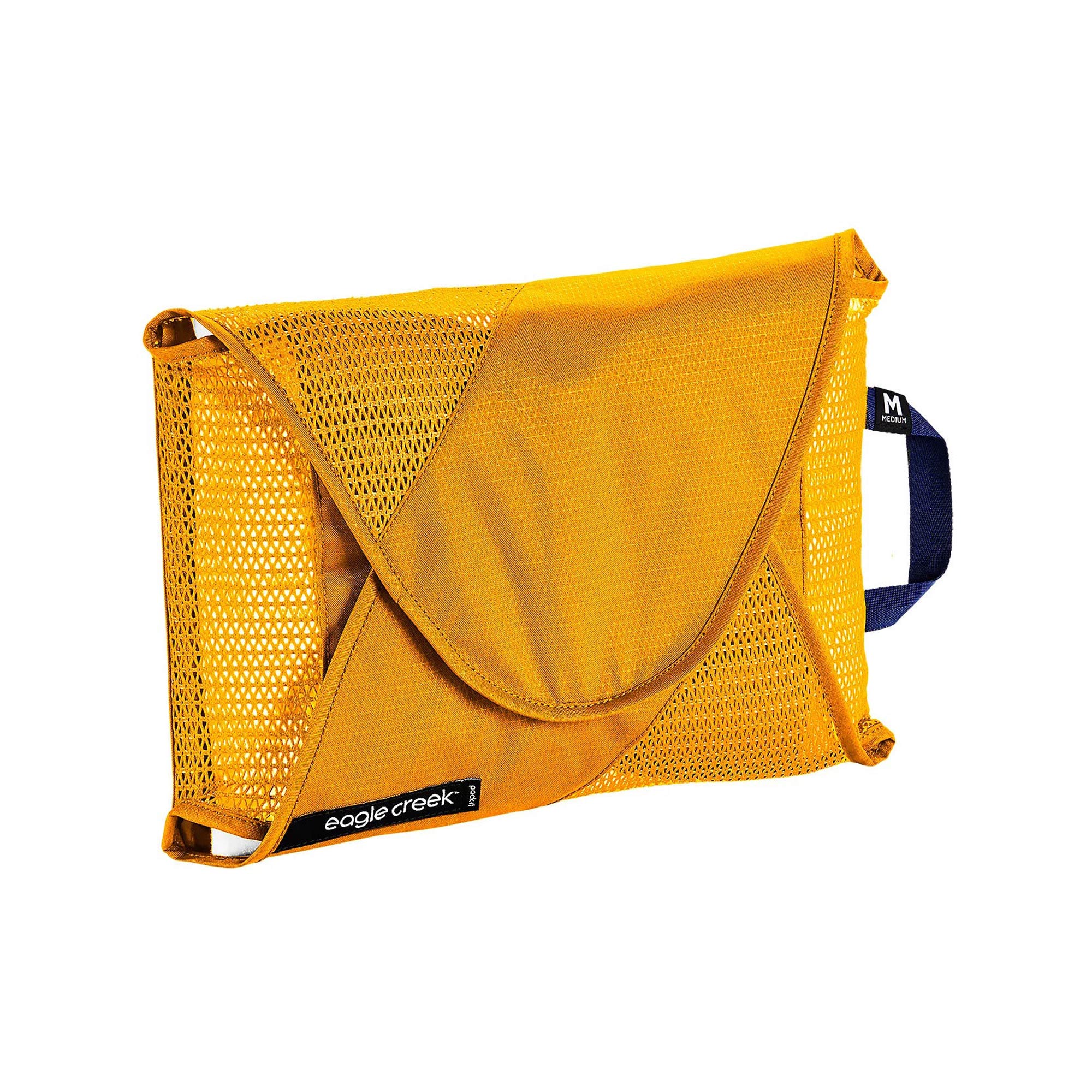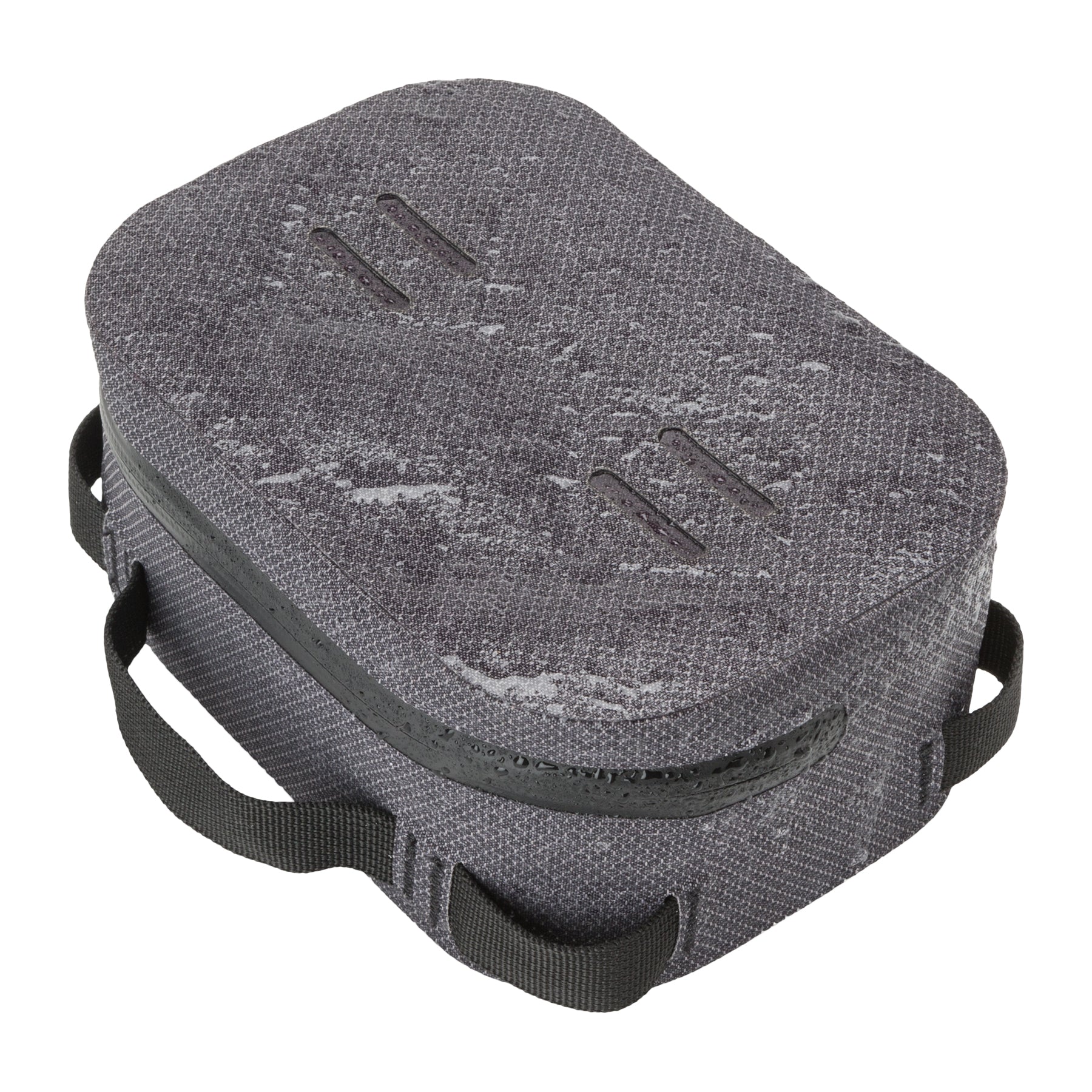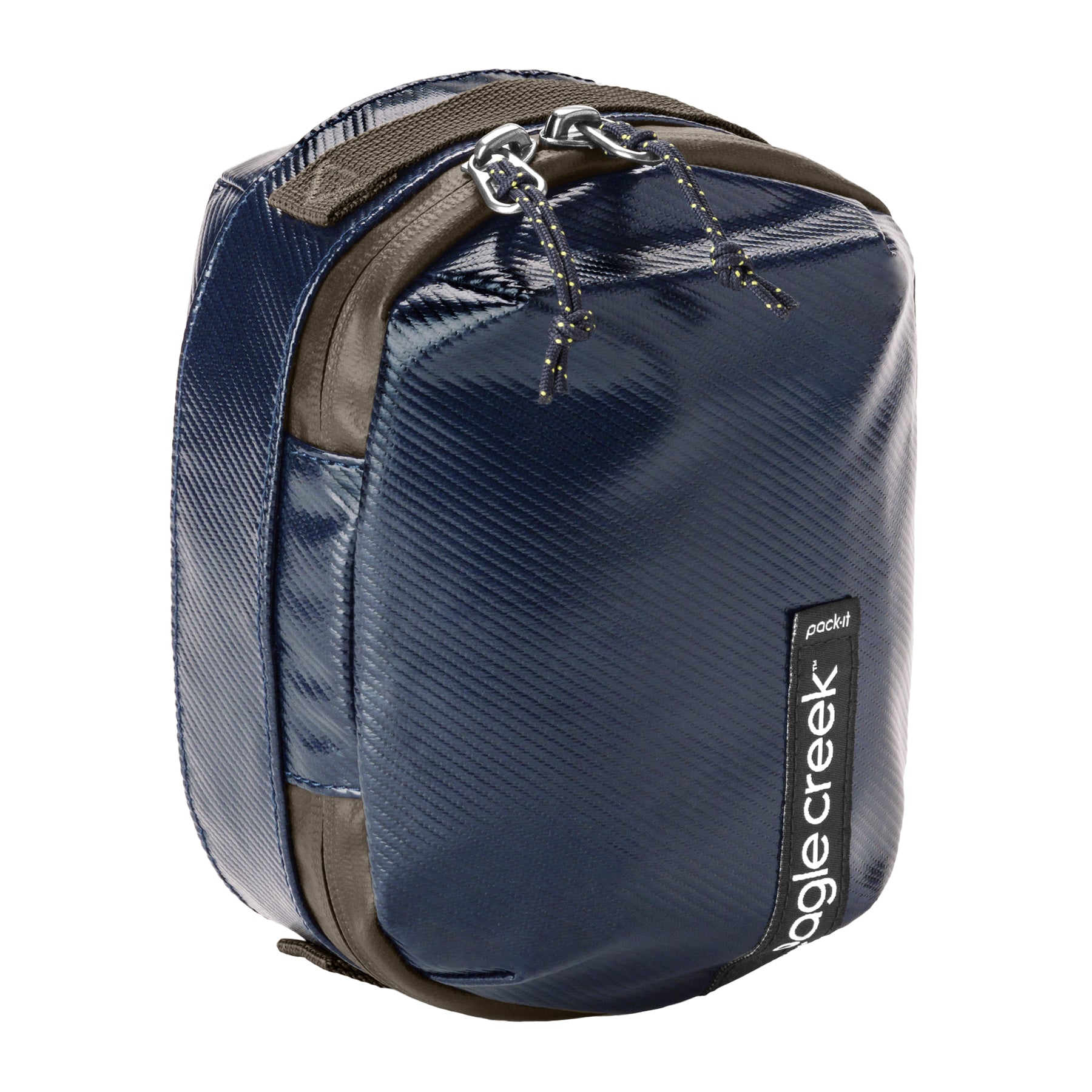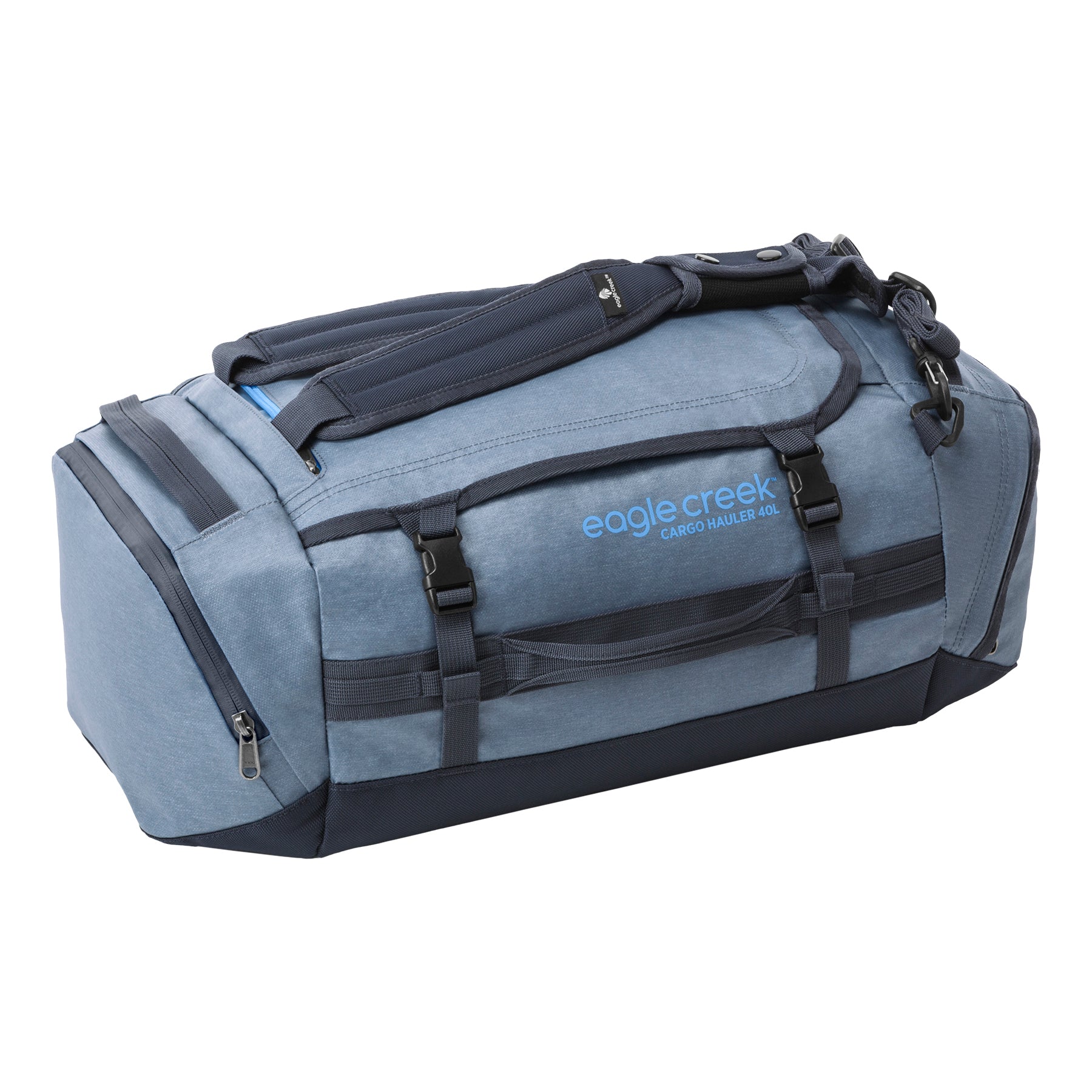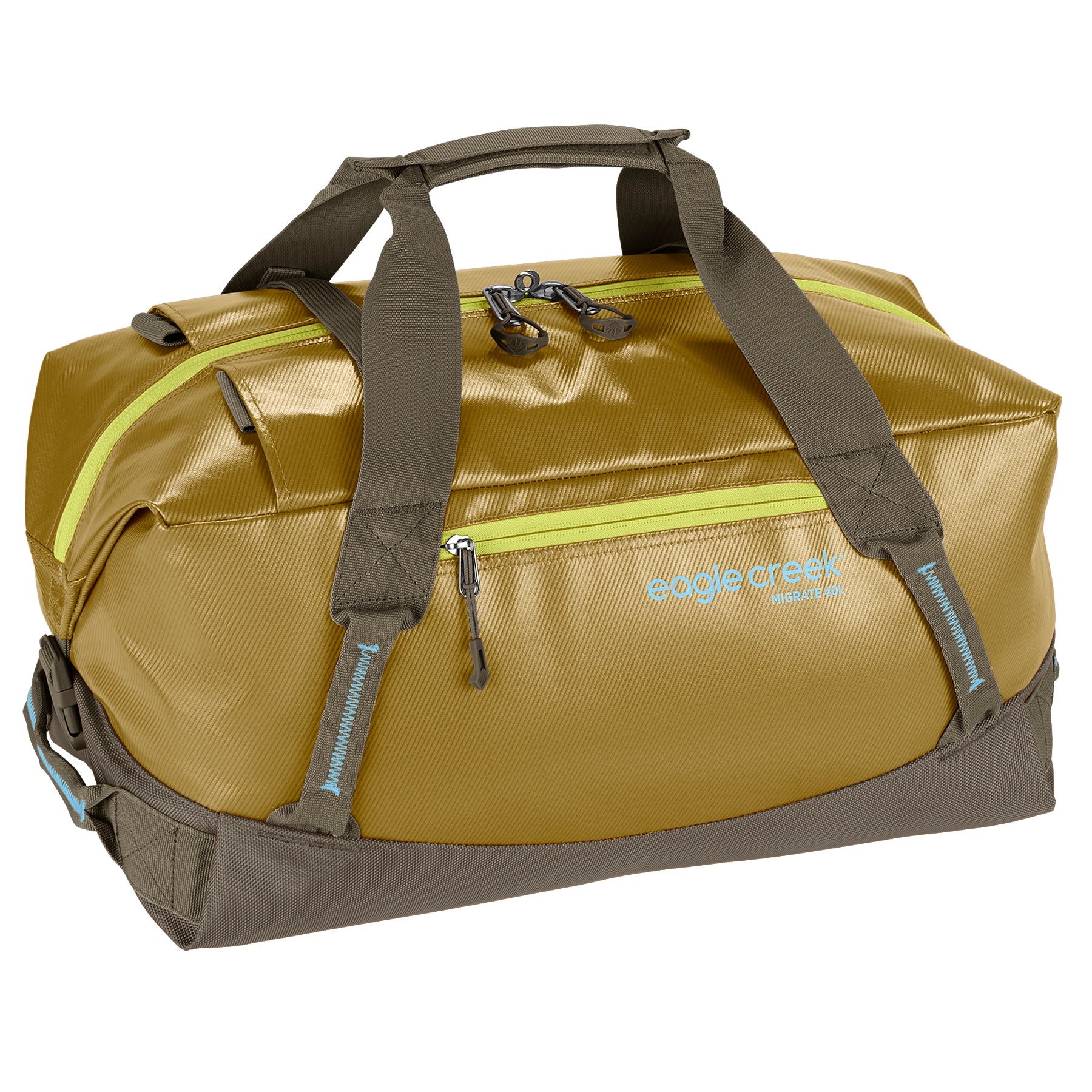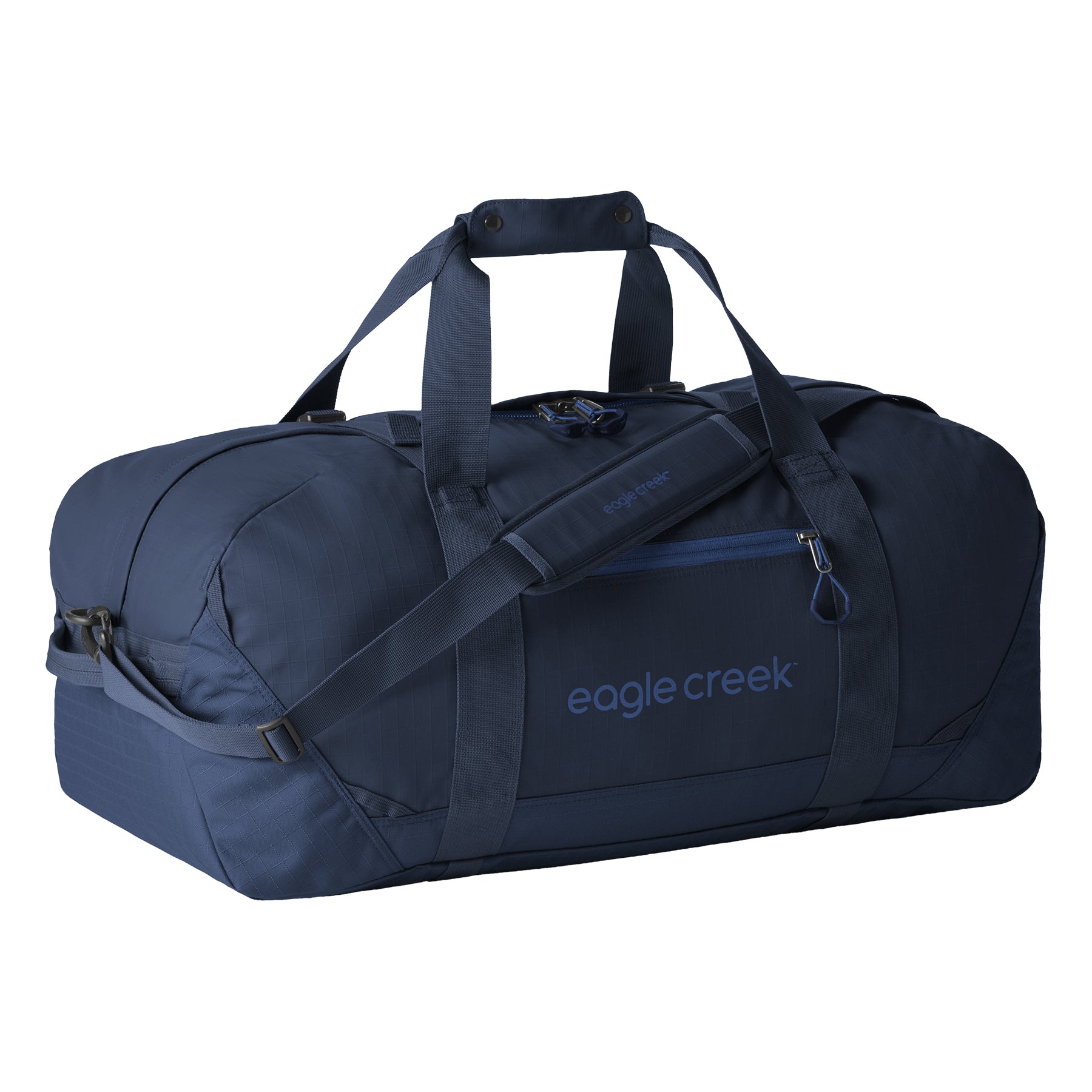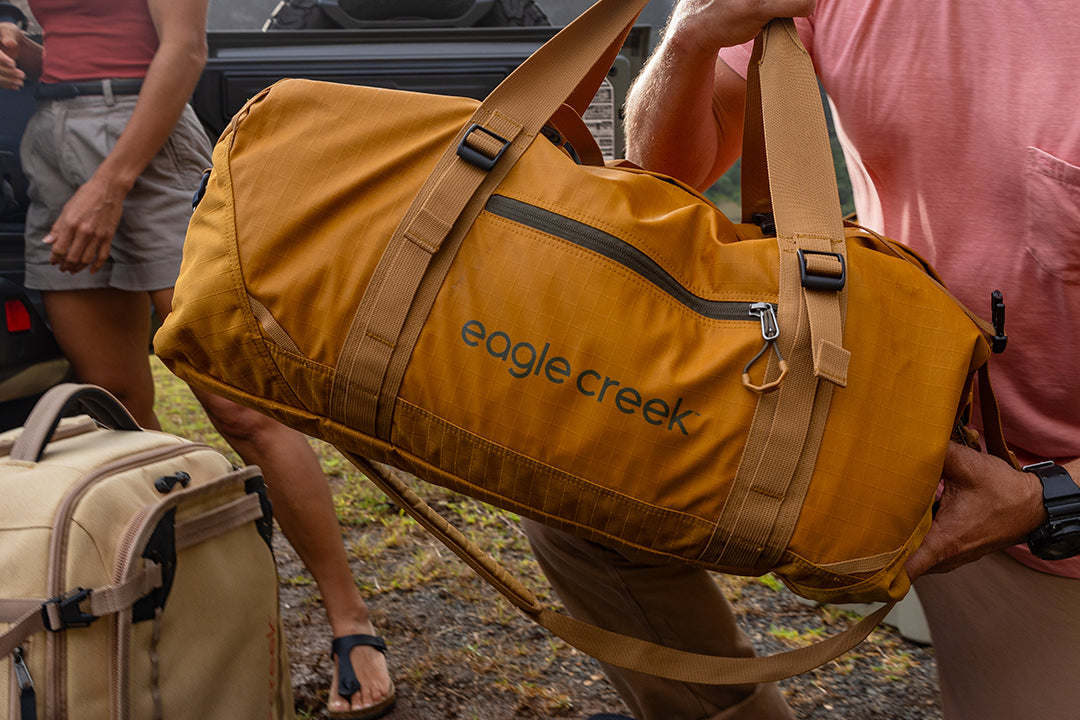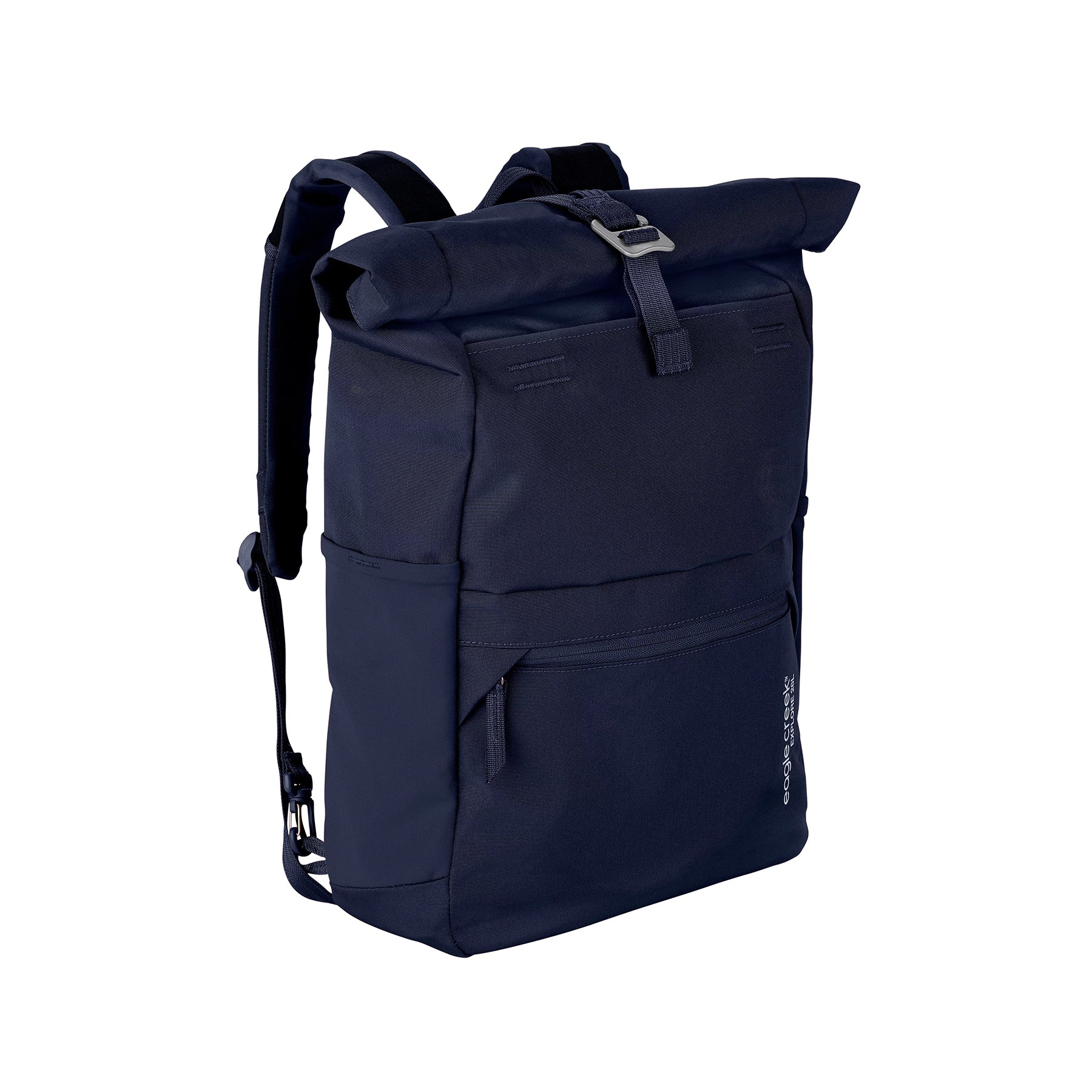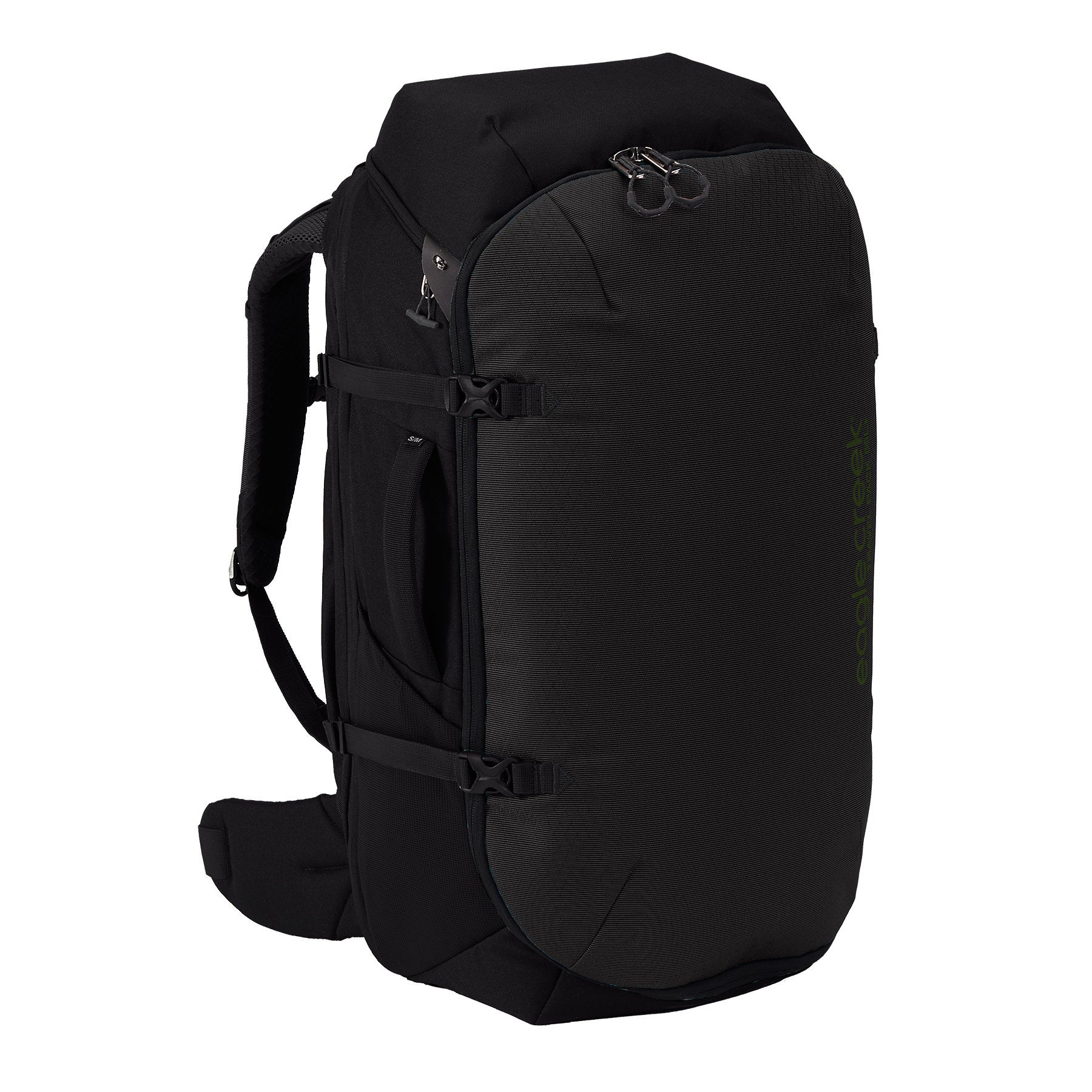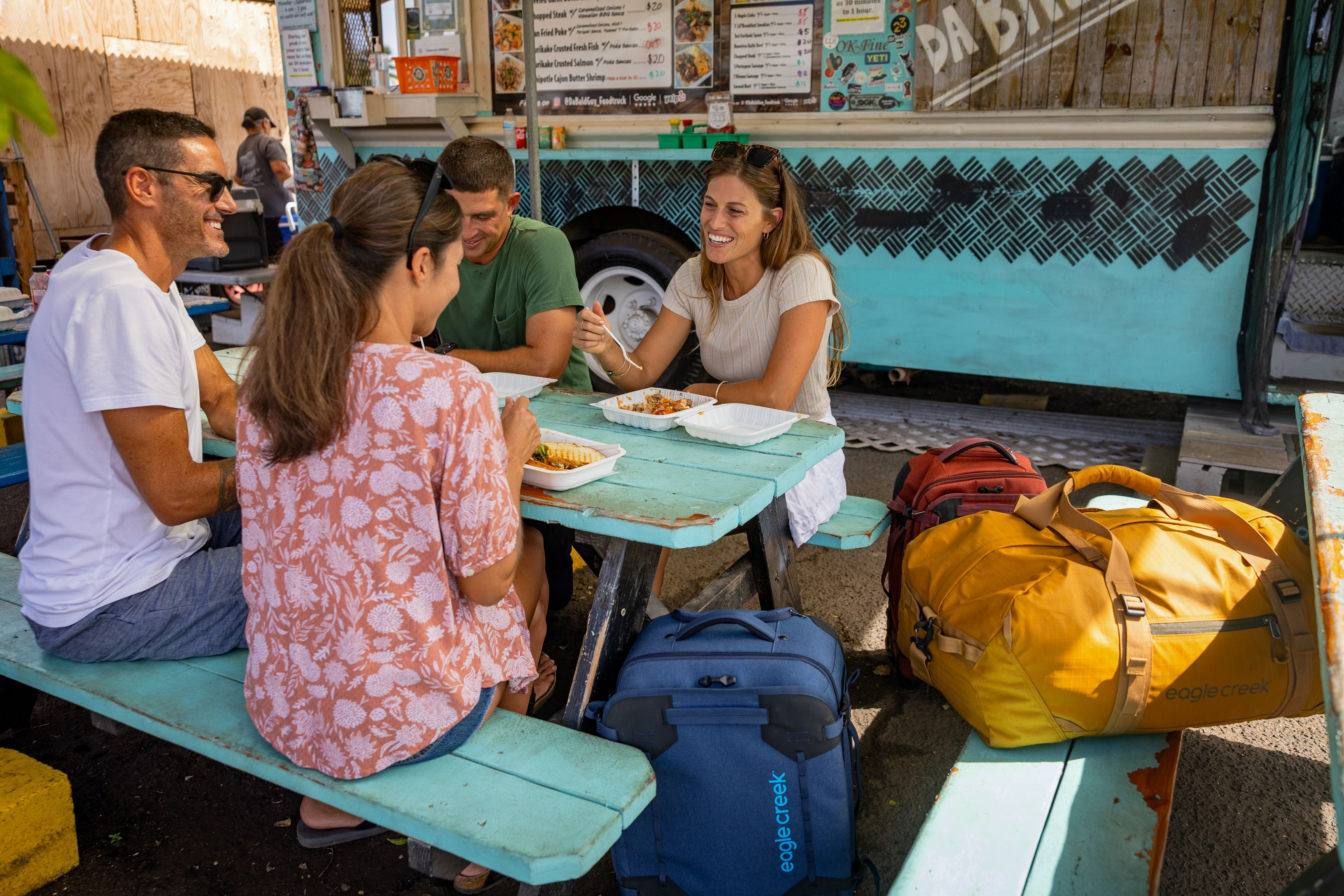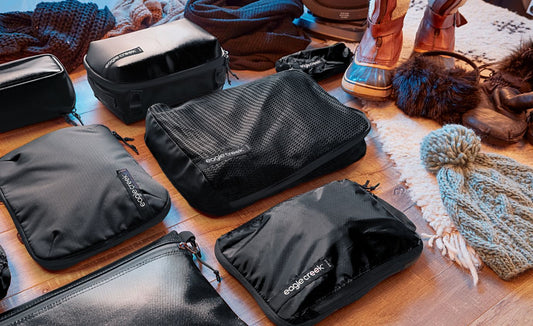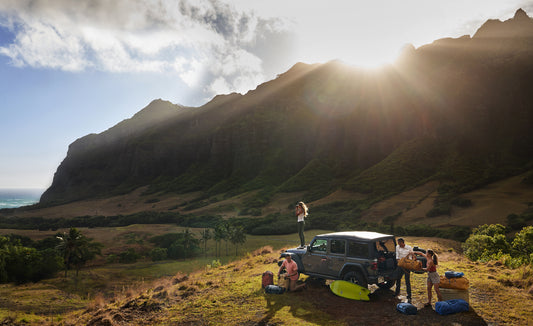
How to Stay Safe on the Trail
The dramatic change in the pace of life during the pandemic brought animals out of hiding, bringing us closer than ever to wildlife. Here’s how to make sure you’re prepared to protect yourself from these common creatures on your next hike—and stay safe on the trail during unexpected bad weather.
Thanks to humans staying home more than ever before, more animals have been roaming urban areas, changing the way we interact with nature and critters from the natural world. And while this might mean rats if you live in an urban area, it could also mean the arrival of wildlife you’ve never seen before.
But for those who hit the trails on a regular basis, there’s a good chance that other common animals—such as bears, snakes, lions, moose, and coyotes—could appear, and you won’t have a clue how to protect yourself. Worse, Mother Nature could test you and cause your well-trodden hiking trail to disappear, leaving you lost in the wilderness.
Fear not: There are ways even novice hikers can be prepared for the worst trail encounters. Here are a few safety precautions to take before your next trek.
Assume You’ll Get Lost
Whether you’re a seasoned trail pro or a backpacking enthusiast, getting lost on trails is the biggest survival threat you’ll face, beating out knowing how to outsmart common dangers, such as hypothermia and blisters. According to the American Hiking Society, your best defense is to do three things: Learn how to use a compass, become familiar with trail maps, and tell your friends and/or a park ranger before you depart about your route and estimated return time. Observing trail markers, such as landmarks and crossings, will help you retrace your route home if the hiking trail becomes obscured. It also pays to prepare for the worst: Check with local authorities about search and rescue procedures, and consider travel insurance, which can help you cover any bills if you require an emergency rescue.
Stay Calm: It’ll Help You Face Bears

While grizzlies are known for being more threatening, the odds of hikers and campers seeing a black bear in the wilderness are high: They have a taste for human food and garbage, making them naturally drawn to your campsite. And while there’s no failproof way to protect yourself, the good news is that they don’t attack unless provoked. The National Parks Service notes you should identify yourself by talking calmly, standing still, and slowly waving your arms. Move to higher ground if you can. If a black bear attacks, don’t play dead, as you would if attacked by a grizzly: Try to escape to a nearby car or building. In both cases, keep your backpack nearby for self-defense, as well as some EPA-approved pepper spray. The former can be used as protection; the latter a temporary damper for aggressive behavior.
Beware of Snake Territory
Not all snakes are poisonous, but all hikers will want to be prepared for crossing paths with one: Snakes don’t attack unless you step into their habitat, and they’re known for being aggressive and defensive. The odds of this happening increase after dark, so plan to hike during daylight hours on open trails unobscured by bushes or rocks. If you see a snake, take note of its size, color, and pattern: These details will help with first aid and bite diagnosis. Signs of a snakebite include pain or puncture at the wound, redness, swelling or severe pain, nausea, numbness or tingling. Medical attention is essential, so keep your phone handy in your waist pack, and call EMS or 911 immediately. Bites can be prevented by stepping away immediately when you encounter a snake.
Remember That Lions Can Be … Wild
These apex predators are typically known for being calm, quiet, and elusive, hiding in rocky canyons and mountainous terrain, but also coastal forests. If you encounter one, back away slowly while remaining face to face with it. Do not crouch down, bend over, or run: Biologists think that lions don’t recognize standing humans as prey, but are drawn to us when we look more like our four-legged friends. If a lion moves towards you, it’s time to act aggressively: Throwing rocks or an object stashed in your bag at it will make the lion believe it is being attacked. Just make sure to throw towards its body, not its head: Blind lions are even more dangerous, since a lack of depth perception can make it more difficult to hunt successfully for natural prey, increasing the odds of attacks on other humans.
Watch Out For Stressed Moose
Though they’re not usually aggressive, moose can easily become that way under certain circumstances, such as when they’re tired, hungry, or harassed by people or dogs. The easiest way to avoid becoming a target? To stay safe hiking, stay away from them if you encounter one on the trail, and be alert for these signs of attack: Raised hair on its hump, licking its lips, and laid-back ears. A moose approaching you isn’t safe, either: It’s probably looking for food, not a friendly hello. Seek shelter under a car, or behind a tree, fence, building, or other nearby object.

Don’t Provoke The Coyotes
They’re known for hunting at night, but coyotes can also be active during daylight hours when hikers are on the trails, and are just as common in urban areas as rural areas. To stay safe, if you’re hiking with your dog, keep it on a short leash: Coyotes are known for attacking dogs more frequently than humans, especially during the months of February to June. Walk away if you hear one growling, and avoid leaving open containers of food at your campsite. Approaching the coyote will only encourage aggressive behavior.
Whether you’re hiking through the desert, exploring the midwest, or even hiking with kids, these six essential tips can keep you safe while hiking in the wilderness.
While Eagle Creek is here to provide tips and insights on travel, we cannot accept any responsibility for any potential consequences arising from the use of this information. Always conduct your own research and use your best judgment.
